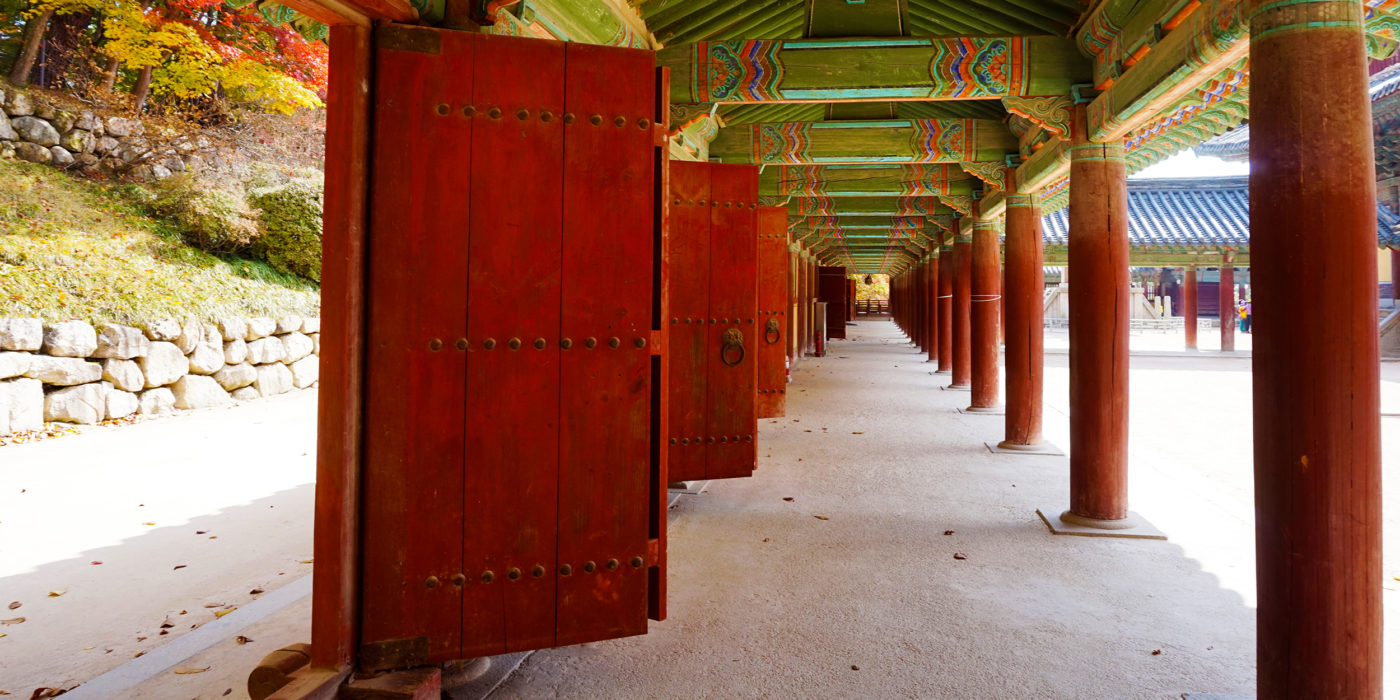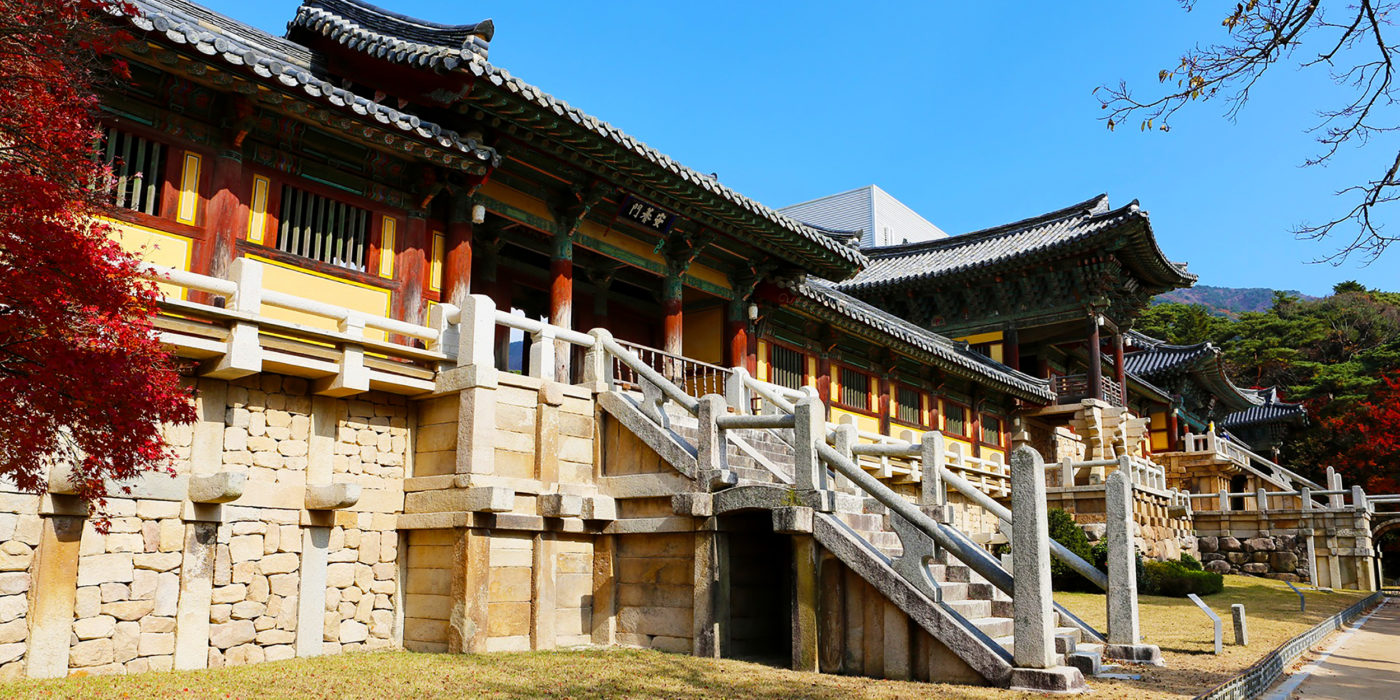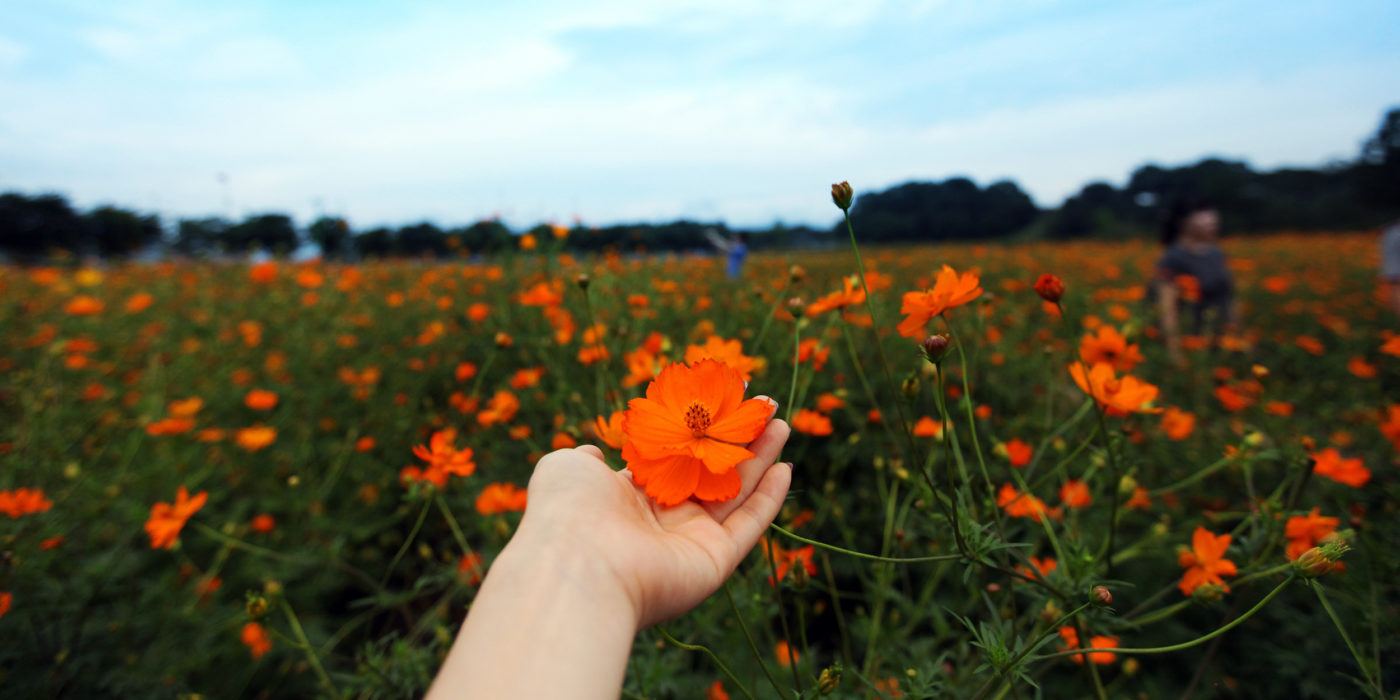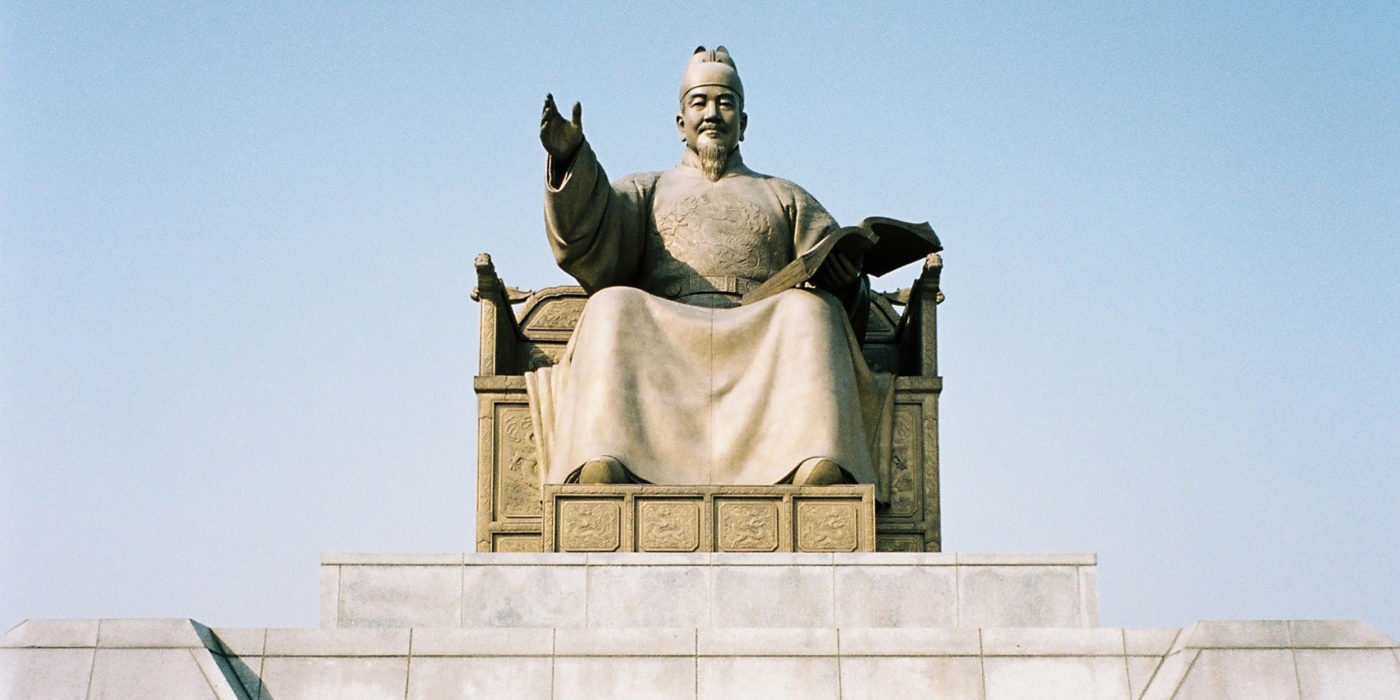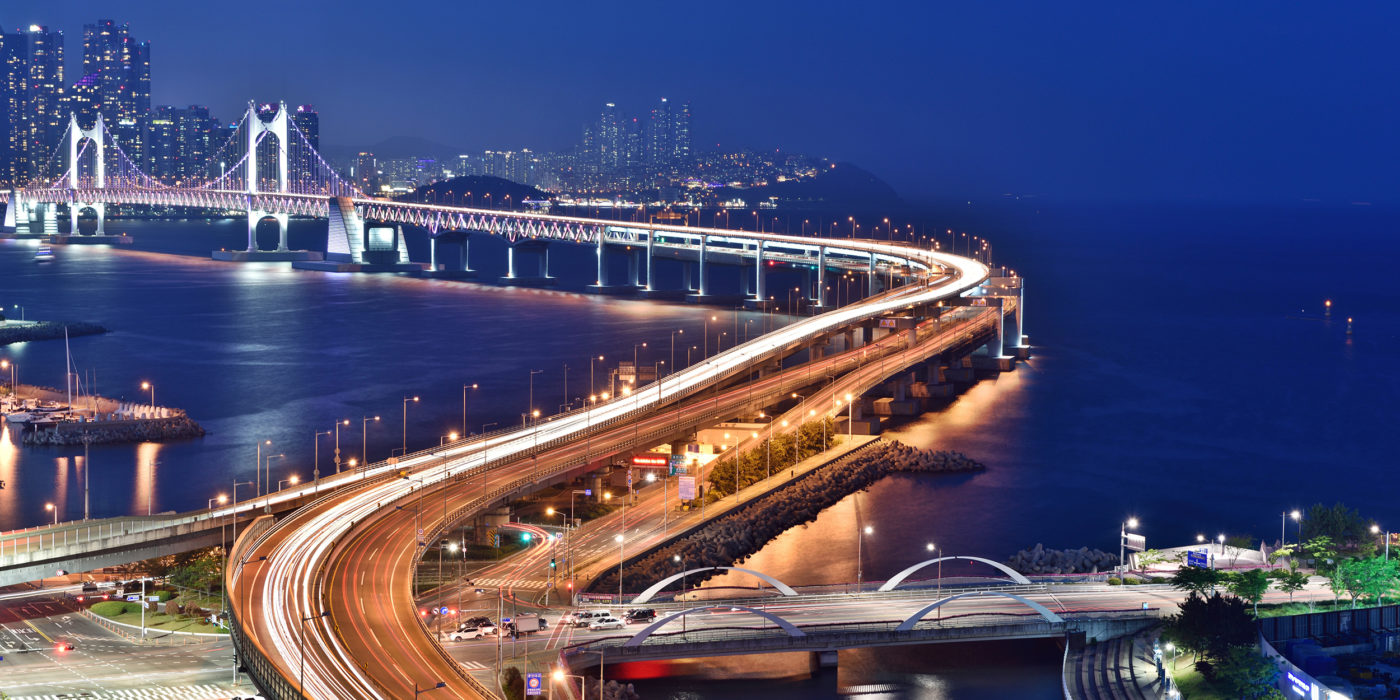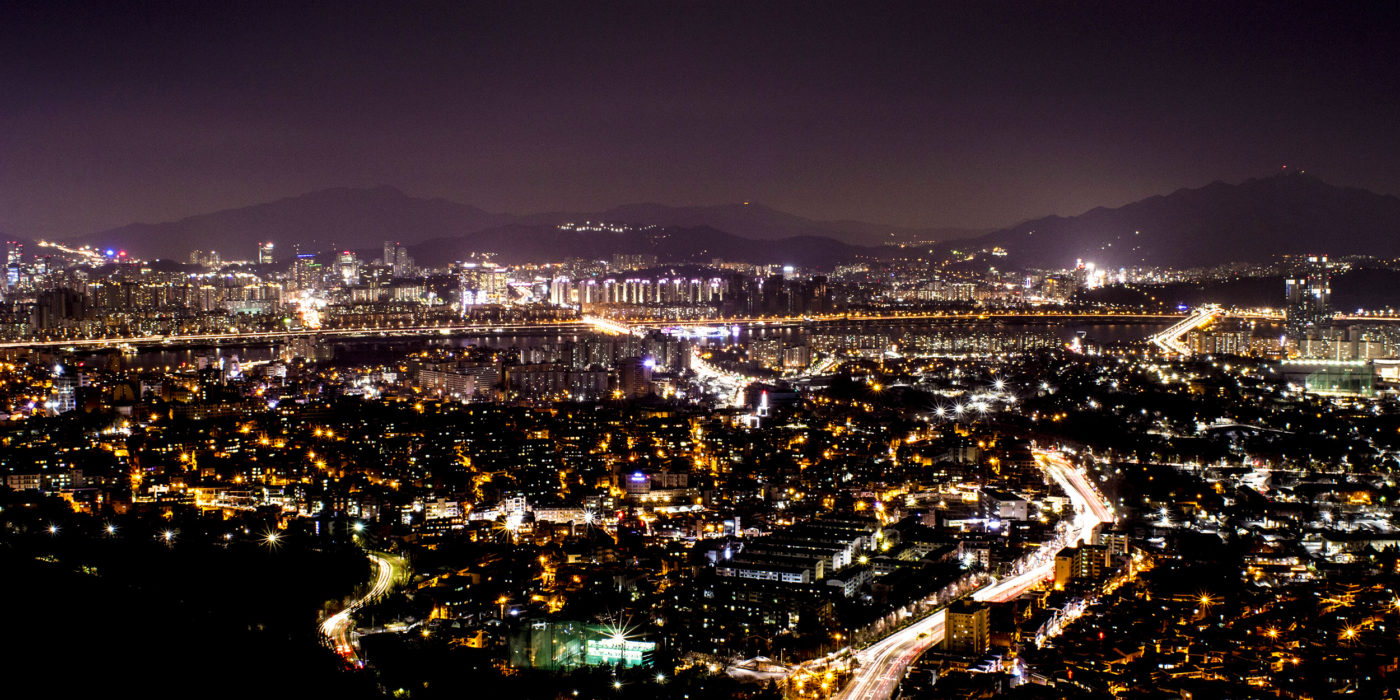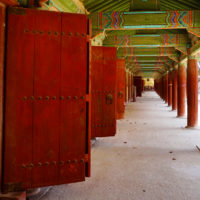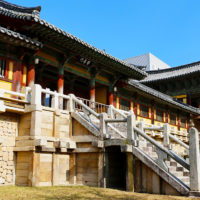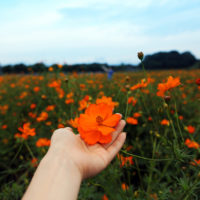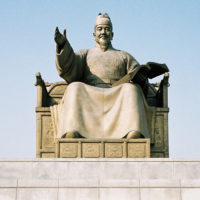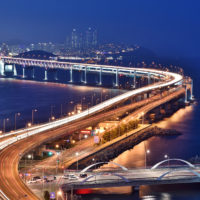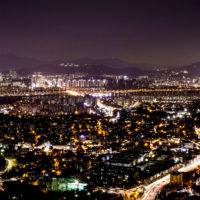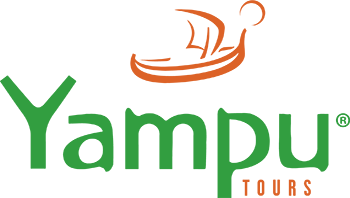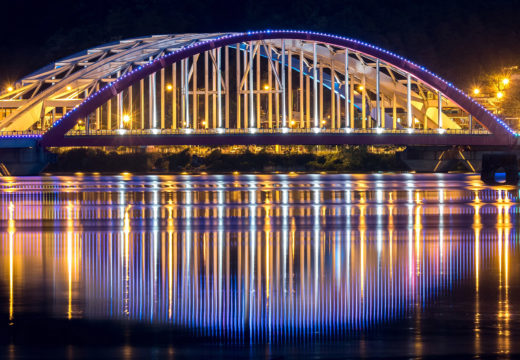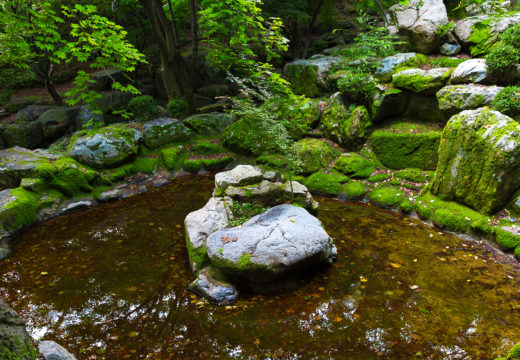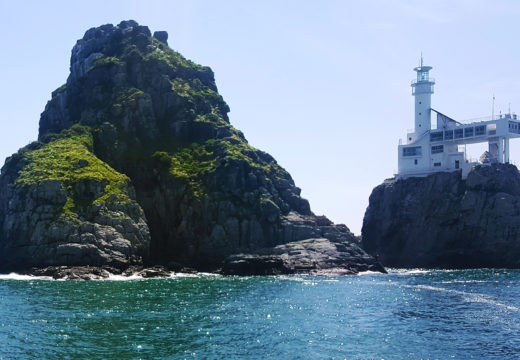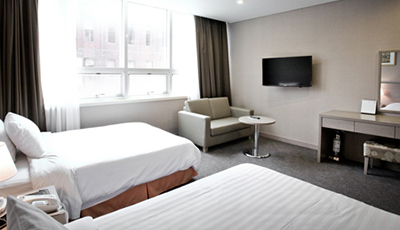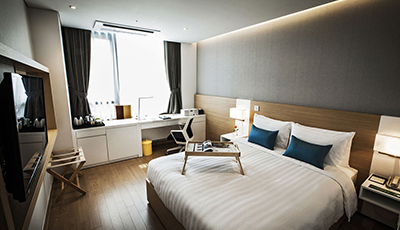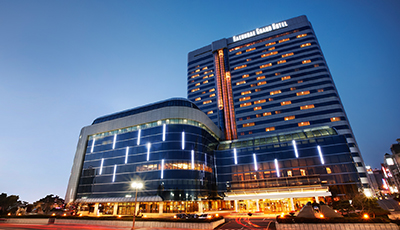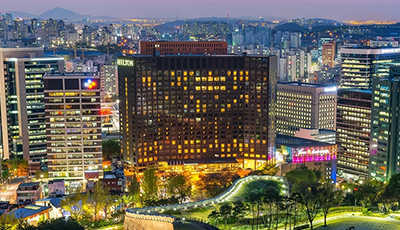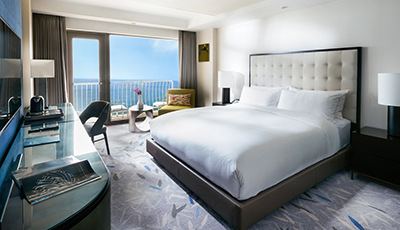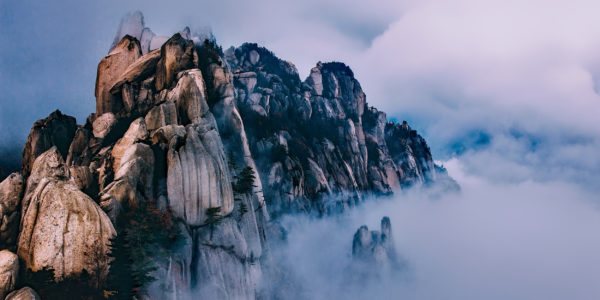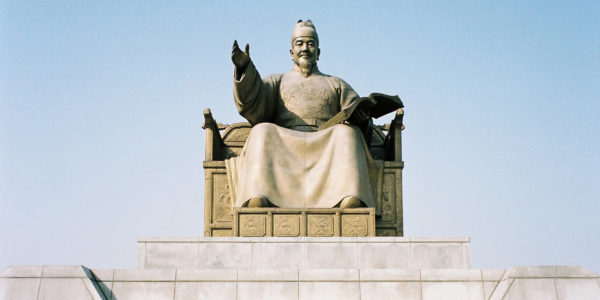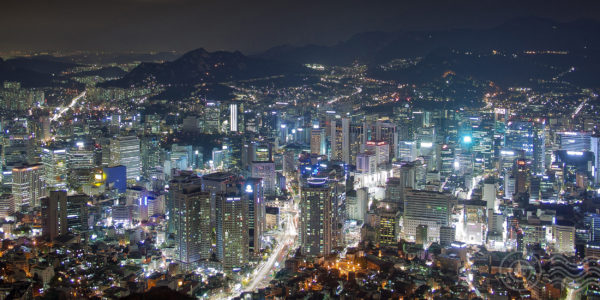Private Tour Highlights
- Learn of the division between the two opposing nations of Korea with a rare glimpse of the estranged neighbor to the north at the Demilitarized Zone separating the two powers
- Enjoy a full day tour of Gyeongju to witness some of the greatest gardens and best preserved monuments and temples of Korea's rich and complicated history
- Tour through the glimmering city of Seoul to gain an understanding of the Country's magnificent accomplishments since the Korean War
- When in Busan, visit the rare coastal temples along the gorgeous shores of this port city as well as one of the most prestigious buildings of Korea, the Nurimaru APEC House
Tour Overview
Experience The Best of Korea; From North to South with Yampu! Begin exploring the Korean Peninsula in the capital of South Korea, Seoul. Here is where modern technology and advancements are displayed prominently alongside the historic villages and temples of old Korea. Shop until you drop while exploring the hip section of Gangnam after walking through the traditional Namsan Hanok Village. Head further north to the border that separates the two opposing powers of Korea to gain an understanding of the Korean War that further divided the two nations. Begin descending south towards Gyeongju to witness some of the greatest gardens, historic temples, and oldest pagodas of Korea. After a lovely exploration through Korean history, travel further south to the port city of Busan. In comparison to Seoul, Busan is a city with a rather relaxed atmosphere with its coastal routes and famous beaches that provide the perfect setting to unwind before returning to Seoul for the flight home.
Inclusions
Exclusions
International airfare (unless specifically included), airport departure taxes that must be paid on-site, gratuities, meals not mentioned, soft drinks and alcoholic beverages with meals, early / late check-out, room service, visa fees/services and other personal items or services not mentioned.
Package Price: From £$ 4739
Prices shown above are per person. Hotel categories do not adhere strictly to international ratings; Yampu has evaluated the hotels according to destination and availability. Prices include local airfare (where applicable), hotel accommodation including daily breakfast; all transfers with baggage handling, all guided tours in English and all entrance fees.
Please note that prices are subject to change based on availability and seasonality, especially during the holiday season from December 20th through January 5th each year. Please contact a Yampu Travel Specialist for more information on best times to travel.
Trip Type:
All our trips are operated on a private basis unless specified otherwise. This is only a sample itinerary; your Yampu Tour Consultant will personalize this trip for you according to your available dates, interests and type of hotels. This is your trip and we will work on making it perfect!
Tour Itinerary
Arrive in Seoul
Reception at airport and private transfer to your hotel. Note: Check in to the hotel is at 3 pm. Early check in may be available directly at the hotel subject to availability. You may store your luggage at the hotel until you are able to check in.
Free Day in Seoul after arrival from airport.
Reception at airport and private transfer to your hotel. Note: Check in to the hotel is at 3 pm. Early check in may be available directly at the hotel subject to availability. You may store your luggage at the hotel until you are able to check in.
Free Day in Seoul after arrival from airport.
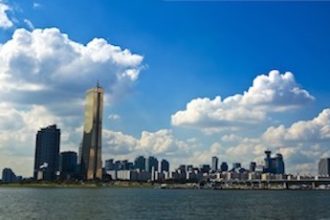
Full Day Tour of Seoul
Spend read more...
Spend the day touring Seoul and all it has to offer. Start at Gyeongbokgung Palace, also referred to as "Northern Palace". Built in 1395, it is arguably the most beautiful and the largest of the five palaces found in Seoul. Next, visit the Korean Folklore Museum before heading to Jogyesa Temple. Following the visit to Jogyesa Temple, head to the Presidential Offices where you get the chance to explore around the many unique building found there. Next, lunch will be enjoyed before moving on to the next destination.
Following lunch, head to the Ginseng Shopping Center and N Seoul Tower before reaching Namsan Hanok Village. This traditional Korean village consists of five restored traditional Korean houses, a pavilion and a pond, making it the perfect place to go for a stroll. The final stop is Namdaemun Market, where you can enjoy Koreas largest traditional market. From Namdaemun Market, transfer to city hall.
...read less
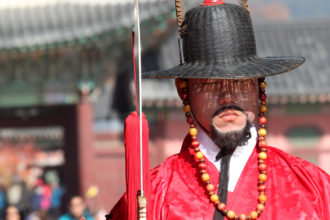
Korean Demilitarized Zone
Start read more...
Start off the day visiting Imjingak, located 7 km from the Military Demarcation Line, which is now a very popular tourist destination related to the Korean Conflict. It was built in 1972 with the hope that someday unification would be possible. Imjingak is surrounded by several Monuments, Unification Park, and the North Korea Center. Outside Imjingak, there are 12 kinds of tanks and crafts on display that were used during the Korean Conflict. You will then visit Freedom Bridge, a focal point of worldwide attention during the Korean War, which became a major link between the truce site of Panmunjom and Seoul, Republic of Korea. Thousands of words have been written about the village of Panmunjom, but Freedom Bridge was not so widely publicized. To the United Nations Command soldiers returning from captivity in North Korea, it was truly a bridge of freedom. You will also visit the 3rd Infiltration Tunnel, which was discovered in 1978 by Korean forces. It spans over 1635m in length, 2m in width, and 2m in height and is located 52km from Seoul. It is estimated that approximately 30,000 soldiers could move through the tunnel per hour. The tunnel offers various sightseeing points such as the DMZ Video room, symbolic sculptures, the souvenir shops, and more. Next, you will visit the Dora Observatory situated in Paju (Gyeonggi-do) which is at the northernmost point of the DMZ Line of the Western Front. From the observatory, visitors can overlook North Korea and its various locations including Gaeseong, Songaksan, Kim Il-Sung Statue, and Cooperation Farm (Geumamgol). The observatory offers 500 seats, VIP rooms, and abundant parking space. It was first opened to the public in January 1987. From there, you will go to Dorasan Station. A railway station on the Gyeongui Line, it is the northernmost stop on South Korea's railway line. Another historical site that you will see is Unification Village. Unification Village is in the northern area of the Civilian Control Line and has 133 families and a total of 493 residents. There is an agricultural marketing center there that sells local farm produce. The market sells some interesting products and is a very popular stop on the tours, especially because you can purchase Ginseng at much more reasonable prices. Some of the local products sold in the market are uncurdled Jangdan bean curd (sundubu), seasoned mountain herbs, traditional liquors, and maeuntang (hot soup). DMZ tours are not available on Mondays. Passport is required to participate in DMZ tours. ...read less
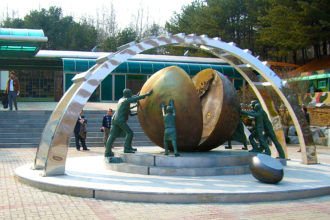
Seoul- Gyeongju- Busan
Transfer read more...
Transfer from Seoul to Gyeongju
Gyeongju National Museum is steeped in tradition. Representing Gyeongju, which was the capital city of the Silla Kingdom (BC 57-AD 935), the museum is where you can view the cultural history of Gyeongju district. Exhibitions are divided into 4 large areas: the Main hall, Annex I, Annex II, and the Outdoor Exhibit Area (Museum Grounds). In the Main Hall you can see earthenware, with various artworks and craftworks in the Arts and Crafts room. Gukeun Memorial Hall exhibits 666 artifacts, which were the personal collection of Dr. Lee Yang-Seon, donated to the museum for preservation. According to the historical records of 'Samguk-sagi,' Anapji Pond was built during the 14th year of King Munmu (in power 661-681 AD) of the Silla Kingdom (57 BC-935 AD). Small mountains were created inside the palace walls, beautiful flowers were planted, and rare animals were brought in to create an exquisitely exotic garden fit for royalty. The pond was originally built in Wolseung Fortress (erected in 101 AD during the Silla period), but the fortress was destroyed and now lies in ruins. In 1974, an excavation project revealed large spherical shapes. Transfer to this evenings accommodations in Busan.
...read less
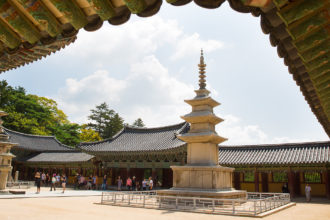
Busan- Seoul
Tour read more...
Tour through the coastal city of Busan with stops made at several temples, local markets and the world summit, or APEC House. The name Nurimaru APEC House is created by combining the Korean words nuri ("world") and maru ("summit"), and "APEC," which refers to the Asia Pacific Economic Cooperation. Collectively, it means "a house where the world summits gather together for an APEC meeting." Located on Dongbaekseom Island, which is noted for its beautiful, natural landscape accented by dense camellia and pine trees, Nurimaru APEC House has been used as a memorial hall and a prestigious international conference hall since the APEC summit meeting. Nurimaru, a 3-story building, is a modernistic expression of "jeongja," a pavilion in traditional Korean architectural style. Visit Haedong Yonggungsa Temple, situated on the coast of the north-eastern portion of Busan. This superb tourist spot and temple offers visitors the rare view of a shoreline temple as most temples in Korea are located in the mountains. Next is Haedong Yonggungsa Temple which was first built in 1376 by the great Buddhist teacher known as Naong during the Goryeo Dynasty. Haesu Gwaneum Daebul (Seawater Great Goddess Buddha), Daeungjeon Main Sanctuary, Yongwangdang Shrine, Gulbeop Buddhist Sanctum (enclosed in a cave), and a three-story pagoda with four lions can all be seen looking out over the ocean.
Transfer back to Seoul. ...read less
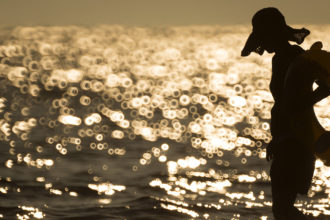
Flight Home
Day of Leisure before departure to airport to fly home. Busan transfer to Seoul
Day of Leisure before departure to airport to fly home. Busan transfer to Seoul
Seoul, South Korea
Paju, Paju-si, Gyeonggi-do, South Korea
Gyeongju-si, Gyeongsangbuk-do, South Korea
Busan, South Korea
Places You'll See
-
Seoul
A modern neon filled metropolis, the capital of South Korea is one of the most populous urban agglomerations in the world. Housing a population of nearly 12 million people, Seoul is an area filled with exciting entertainment, exquisite shopping, and intriguing history. After meandering through the streets of Bukchon Hanok Village and its traditional Korean homes, make a stop at Gyeongbokgung Palace, one of 5 prestigious palaces in Seoul. Afterwards, catch up with the times in Seoul’s hippest neighborhood, Gangnam, where one can find the greatest restaurants, shopping, and entertainment. Also, for the Kpop lovers, take a side step to K-Live for an amazing hologram experience with the likes of superstars PSY and G-Dragon!
-
Gyeongju
Seoul may be the capital of South Korea, but Gyeongju is the cultural and historical hub with the country’s most temples, tombs, Buddhist statuaries and palace ruins than anywhere else within the Republic of Korea. Once the capital of the Shilla dynasty, for nearly 1,000 years and later becoming the capital of the entire Peninsula, Gyeongju acquired a population of around one million people. Thanks to president Park Chung-hee, the city underwent a cultural revival in the 1970s and has been named a UNESCO World Heritage Site. Stroll along the beautiful Anapji Pond and admire the unique landscape, flora, and fauna, introduced during King Munmu’s reign. Witness the marvelous view during sunrise from the Seokguram Grotto, constructed with granite by the rulers of the Silla Dynasty. With so many historic points of interest, Gyeongju is the place for history buffs.
-
Busan
A port city in the southern end of the Korean peninsula, Busan is the second largest city in the nation with a population of just over 3.5 million. Known for its lively yet relaxed atmosphere, Busan attracts travelers and sailors alike from around the world to its tranquil beaches, gorgeous hot springs, and its famous annual film festival. There are many ways to enjoy Busan such as hiking the nearby mountains to ancient ruins, visiting the local temples, or stopping by the local aquarium. Travelers can also take in the rays while relaxing on one of the many famous beaches in the area and steal a glimpse of Japan in the Horizon. One can also take a ferry to Japan to extend their wonderful Northeast Asia experience.
Media Gallery
